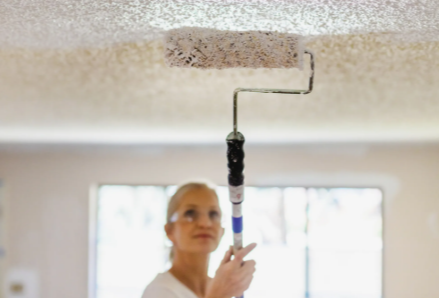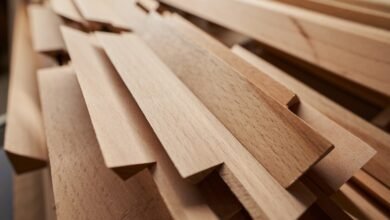Is popcorn ceiling dangerous

For decades, popcorn ceilings were a common feature in homes, prized for their textured look and ability to hide imperfections. However, over time, concerns have emerged about their safety, especially in older properties. The issue largely centers around the possibility that these ceilings may contain asbestos, a hazardous material once commonly used in construction for its fire-resistant properties. This concern has led many homeowners to consider stucco ceiling removal as a precautionary measure to protect their health and modernize their spaces.
Popcorn ceilings installed before the late 1980s have a higher chance of containing asbestos. While the material is generally safe when undisturbed, it can become dangerous if it is damaged or altered, releasing microscopic asbestos fibers into the air. These fibers, when inhaled, can cause serious health conditions, including asbestosis, lung cancer, and mesothelioma. The risk increases during renovations, repairs, or even minor damage, making older textured ceilings a potential hazard that should not be ignored.
Even if asbestos is not present, popcorn ceilings can still pose other concerns. Over the years, they tend to collect dust, allergens, and even mold in areas with high humidity. This not only affects indoor air quality but can also aggravate allergies and respiratory problems for sensitive individuals. The rough texture makes cleaning difficult, which means contaminants can linger and impact the health of those living in the home.
From an aesthetic perspective, popcorn ceilings have also fallen out of favor. Many homeowners now prefer smooth, clean finishes that create a more modern and open feel. This shift in style, combined with health concerns, has made stucco ceiling removal a popular choice for those looking to update their interiors. Removing the texture not only eliminates the potential risk of asbestos exposure but also transforms the look of a room, adding value to the property.
The process of removing a popcorn ceiling requires careful planning and, in cases where asbestos is suspected, professional handling. Testing the ceiling for asbestos is a crucial first step. If it tests positive, removal should be done by certified specialists who have the equipment and training to handle hazardous materials safely. Attempting to scrape or sand a ceiling without proper precautions can release harmful fibers, creating a serious health risk for everyone in the home.
For ceilings that are asbestos-free, removal can still be a messy and labor-intensive process. It involves scraping away the texture, repairing any imperfections in the underlying surface, and finishing with a smooth coat of paint or plaster. While this can be done as a DIY project, many homeowners prefer to hire professionals to ensure a flawless finish and minimize the disruption to their daily lives.
Beyond safety and aesthetics, removing a popcorn ceiling can also improve lighting in a room. The uneven surface of textured ceilings can cast small shadows, making spaces feel darker. A smooth ceiling reflects light more evenly, creating a brighter and more inviting atmosphere. This subtle change can make a significant difference, especially in smaller or poorly lit rooms.
Ultimately, the decision to undertake stucco ceiling removal often comes down to a combination of safety, appearance, and practicality. For those living in older homes, having the ceiling tested for asbestos offers peace of mind, while removing the texture altogether provides a cleaner, more modern look. Whether motivated by health concerns or a desire for a home update, addressing a popcorn ceiling can be a worthwhile investment in both the comfort and value of your property.
If your ceiling is showing signs of wear, damage, or discoloration, it might be the right time to consider removal. By taking the proper steps and ensuring safe handling, you can protect your health, refresh your living space, and enjoy a home that feels both safer and more stylish.
Read Also: Modern Eye Clinics: Combining Technology with Personalized Care





